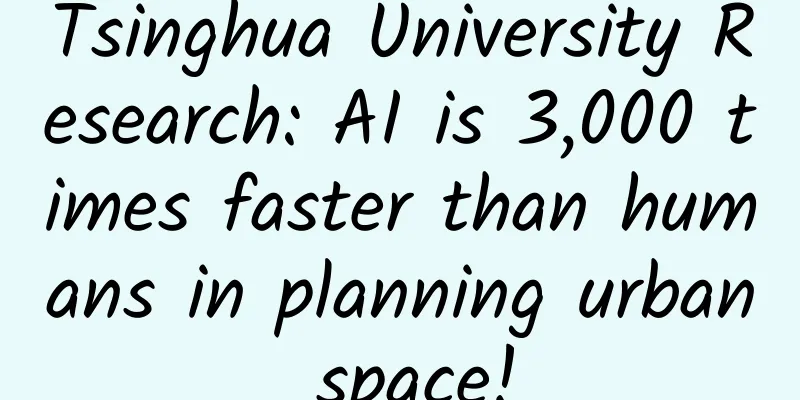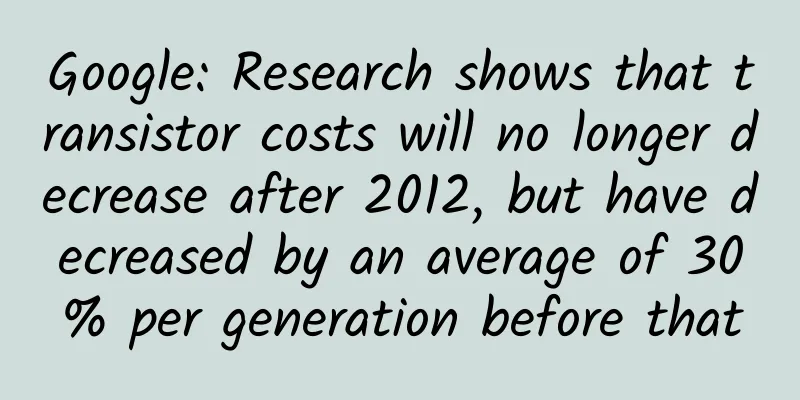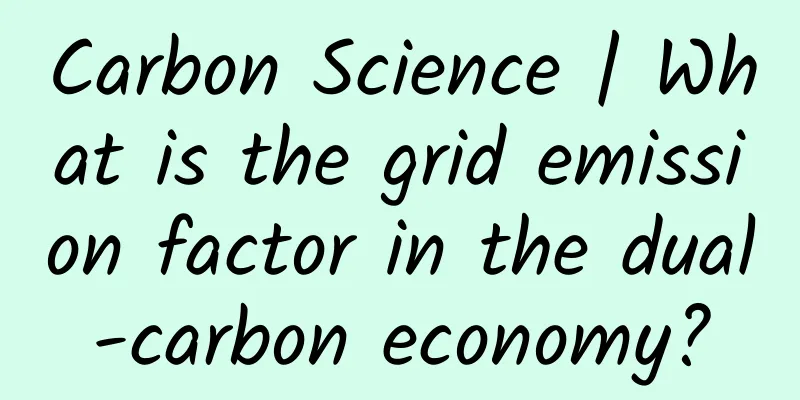Tsinghua University Research: AI is 3,000 times faster than humans in planning urban space!

|
Today, human designers also have AI partners in the field of urban space planning. A research team from Tsinghua University proposed a model of a deep reinforcement learning algorithm. Based on the 15-minute city concept, the model can carry out complex urban space planning. Combined with human input, machine learning-assisted land and road space planning outperformed other algorithms and professional human designers, improving by about 50% in all considered indicators and 3,000 times faster . The related research paper, titled “Spatial planning of urban communities via deep reinforcement learning”, has just been published in the latest issue of Nature Computational Science, a Nature subsidiary journal. In a News & Views article accompanying the paper, Paolo Santi, a research scientist at the MIT Senseable City Lab, wrote: “ Yu Zheng et al. address key conceptual and computational challenges while also successfully demonstrating the feasibility of integrating AI and human workflows in spatial planning, providing rich research directions for the future . Urban planning needs to change urgently, and the concept of "15-minute city" is gaining popularity Cities have become centers of innovation, creativity, and opportunity, attracting people from all walks of life seeking entertainment, education, healthcare, and employment opportunities. Effective spatial planning is critical to the economic activity and sustainable development of cities. Modern urban planning is often vehicle-oriented, favoring centralized functions and car-dependent transportation, which not only causes traffic congestion but also exacerbates global warming. At the same time, the COVID-19 pandemic has also exposed the vulnerability of cities during lockdown. Therefore, urban planning urgently needs to change from vehicle-oriented to people-oriented . It is worth noting that the "15-minute city" concept is becoming increasingly popular in planning new urban communities and renovating existing communities . Residents can walk or ride to basic service facilities within 15 minutes, which also reflects people's expectations for high spatial efficiency layout within urban communities. However, humans have invested decades of effort in developing computational models and supporting tools to automate urban planning. Today, although human urban planners are orders of magnitude more productive using GIS tools than they were decades ago, tedious layout tasks still need to be done manually . AI agents can generate more efficient planning solutions than human experts To address the above challenges, a research team from Tsinghua University proposed an urban planning model based on deep reinforcement learning, which is capable of generating land use and road layout for urban communities. However, compared to tasks with regular grid conditions such as chip design and Go, urban communities have different forms of geometric shapes and are more diverse and irregular. To solve this problem, the research team proposed an urban continuity graph to describe the topological structure of urban geometry, with urban geographic elements as nodes and spatial continuity as edges. The construction of the graph allows capturing the basic spatial relationships of any form of community. Therefore, they formulated spatial planning as a sequential decision problem on the graph and planned at the topological level rather than at the geometric level. In addition, another major challenge of spatial planning is the huge solution space and the even larger accompanying action space. The action space of a moderately sized community can easily exceed 4000 to the power of 100 (4000 possible actions per step, 100 steps for community spatial planning), which makes exhaustive search infeasible. To reduce the action space, the researchers trained an AI agent consisting of a value network and two policy networks to find good planning strategies by efficiently exploring and exploiting the huge action space. Specifically, the value network predicts the quality of spatial planning based on the realization of the "15-minute city" concept, and the other two policy networks are used by the AI agent to select the location of land use and roads. By sampling actions from the policy network and estimating rewards using the value network, the action space is greatly reduced. In order to obtain an effective representation of urban geographic elements, the researchers further developed a state encoder based on a graph neural network (GNN) , which uses message passing and neighbor aggregation on the urban continuity graph to capture the spatial relationship between land, road segments, and intersections. This GNN state encoder is shared between the value network and the policy network to facilitate reward prediction and location selection. Ultimately, the AI agent is able to generate more efficient planning solutions than human experts. Extensive experimental results show that under the same initial conditions and planning constraints, the method significantly outperforms state-of-the-art algorithms and human experts , and can improve objective indicators of spatial efficiency by more than 48.6%. In particular, when using existing real communities as initial conditions, the model can generate land use transformation plans that significantly improve residents' accessibility to various facilities by more than 18.5%. Considering the maturity and complexity of urban planning methods, based on the presented DRL model, the researchers proposed a workflow of AI-human designer collaboration, in which human designers focus on conceptual prototyping and use the model to complete the heavy and time-consuming planning work. The results demonstrate that human designers can benefit from an AI-human collaborative workflow that outperforms a workflow performed entirely by human labor in both objective planning metrics and subjective blind tests by 100 professional human designers, and is 3,000 times more time efficient. In addition, the model can learn general planning skills from simple scenarios and apply them to large-scale complex planning tasks in designing different styles, such as green communities and service communities. Machine learning promotes sustainable urban development and multi-stakeholder participation However, in this experiment, although the number of generated spatial plans exceeded 1 million, it is still not large enough compared to the datasets used in similar DRL tasks (such as Go and chip design). In addition, scaling this research method to the city level requires collecting a large number of training samples from distributed clusters and training larger neural networks using multiple GPUs on multiple servers. It is worth noting that the three subspaces of the decomposition (what to plan, where to plan, and how to plan) can be jointly optimized by the agent, but this requires more training samples. In addition, the part about what to plan can be expanded to include other important elements related to urban sustainability, such as public transportation routes and stations. In addition, the framework also ignores some subjective evaluation indicators of spatial planning, such as aesthetics and art scores. Current frameworks are mainly guided by static indicators, which can generate community plans with high spatial efficiency, but planning an entire city is a more complex task that requires considering diverse goals, including economic growth and resident health. It is almost impossible to evaluate the impact of city-level planning through a few static indicators. In most experiments, the researchers ignored hundreds of urban planning rules and did not take into account key issues in real urban planning, such as land ownership, public access, urban segregation, and renovation. However, with necessary and reasonable adjustments, the method can handle these real planning rules and political issues well. Although the research still has some shortcomings, we cannot deny its significance . Machine learning as a supporting tool can increase the productivity of human planners and has the potential to create more sustainable urban life. In addition to helping planners speed up the spatial layout process, it can also bring wider benefits to other participants. By introducing customized options into the model, public platforms can be built to promote the participation of residents and developers in the planning process. As the research paper states, urban planning is by no means a simple game of choosing land use and road locations, but a complex interaction between multiple stakeholders . The framework proposed in this study shows the possibility of a higher degree of participation by all players, and is a small step towards more transparent and inclusive cities. Reference Links: https://www.nature.com/articles/s43588-023-00503-5 https://www.nature.com/articles/s43588-023-00515-1 Author: Yan Yimi Editor: Academic |
<<: The stigma embraces the anther more than love! For pollination, plants also fight hard
>>: Naked shopping has triggered a new shopping trend. Is the “unpackaged” shopping method reliable?
Recommend
Monetization activities: How to make users willingly pay for your products?
Below, let’s start with the premise of monetizati...
All Android ASO promotion methods in 2019!
In 2019, the number of Android users continued to...
It’s cold, and you have to go to the bathroom before bed…is this you?
I drink very little water in the winter, but I al...
China Association of Automobile Manufacturers: A brief analysis of the sales of the top ten SUV manufacturers from January to March 2023
According to statistics and analysis by the China...
618 Tencent News & Tencent Video e-commerce promotion advertising!
During the big promotion, how can we improve our ...
Play with short video 3D animation parenting book list number: actual operation a day thousands, a day tens of thousands of income
Play with short video 3D animation parenting book...
College entrance examination essay topics from various regions are released! 6 ways to take advantage of the hot topics of the college entrance examination
Today is the National College Entrance Examinatio...
Learn how to promote new products from "What's Peppa Pig?"
When I woke up early last Friday (January 18), I ...
How to build the NetEase Yanxuan membership system?
NetEase Yanxuan, a self-operated lifestyle e-comm...
Multiple earthquakes occurred near Maerkang, Sichuan, with the highest magnitude being 6.0! In the event of an earthquake, how can you save yourself more scientifically?
Early this morning, multiple earthquakes occurred...
Will soldiers get a salary increase during the 2022 Two Sessions? What are the new policies for disabled soldiers?
The National People's Congress and the Chines...
New trends in overseas promotion and operation of social media in 2019!
I have previously discussed the correct approach ...
Is exchanging links still useful? What are the precautions?
When it comes to exchanging friendly links, no ma...
Tencent enters India, and its biggest rival turns out to be a Chinese company
The Indian Internet is being divided up by two Ch...









